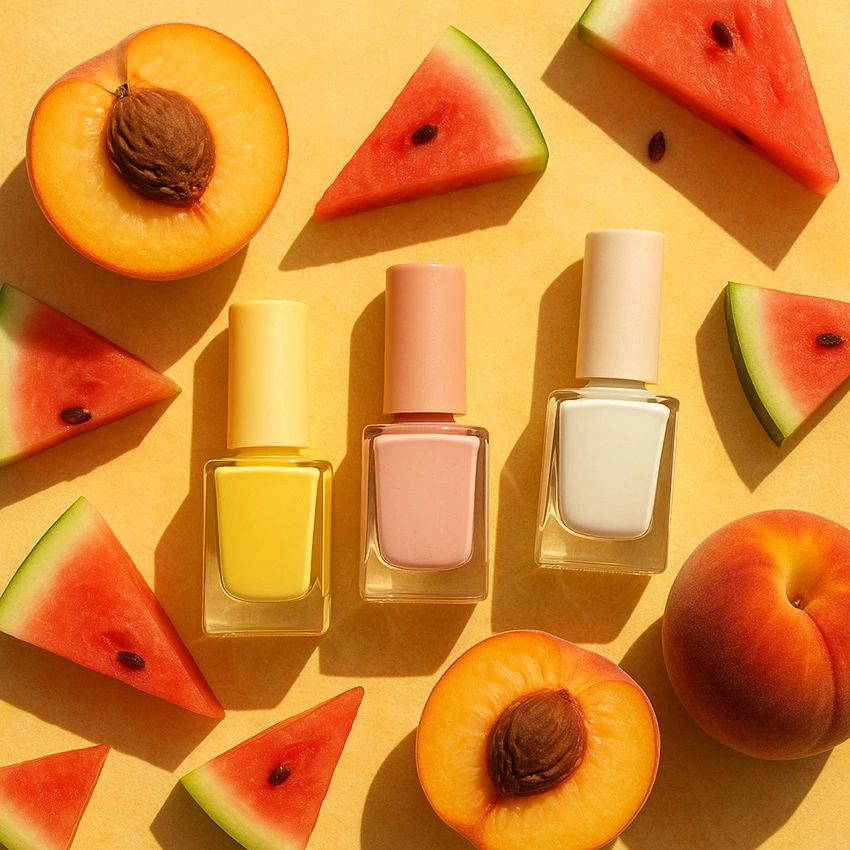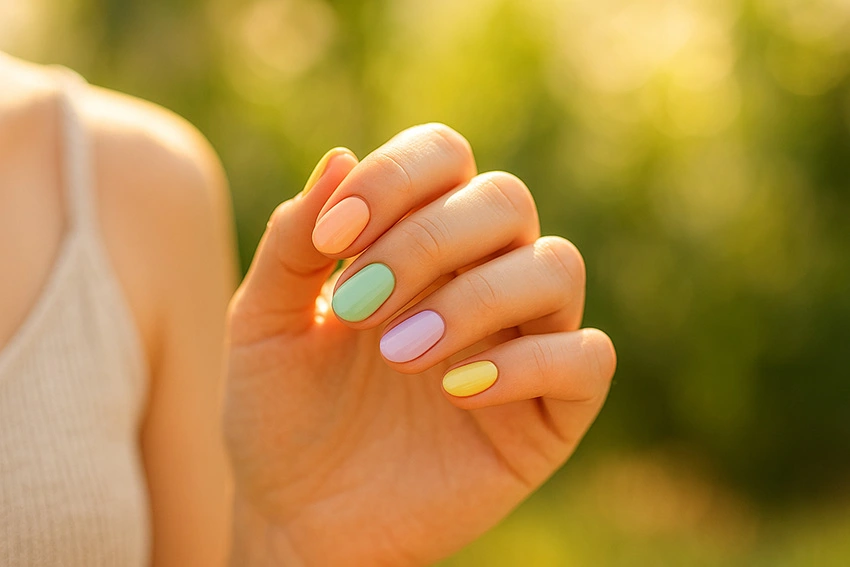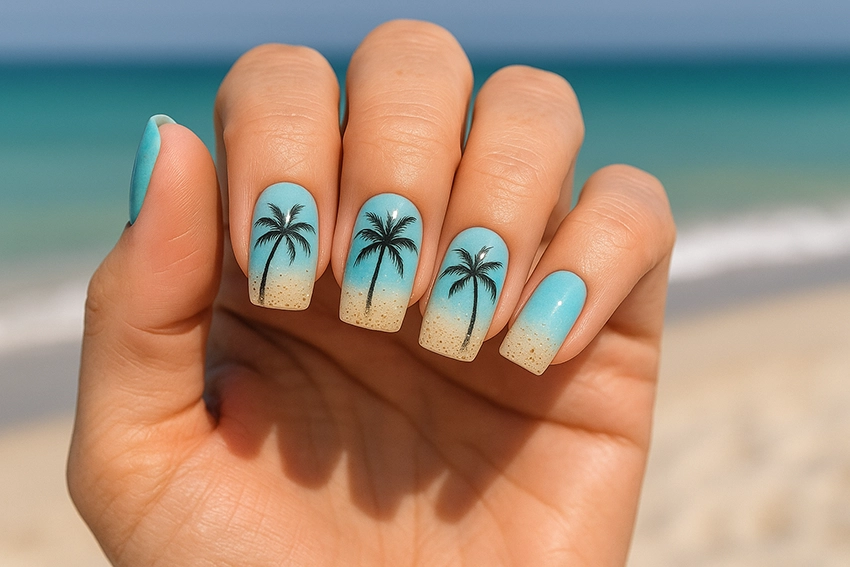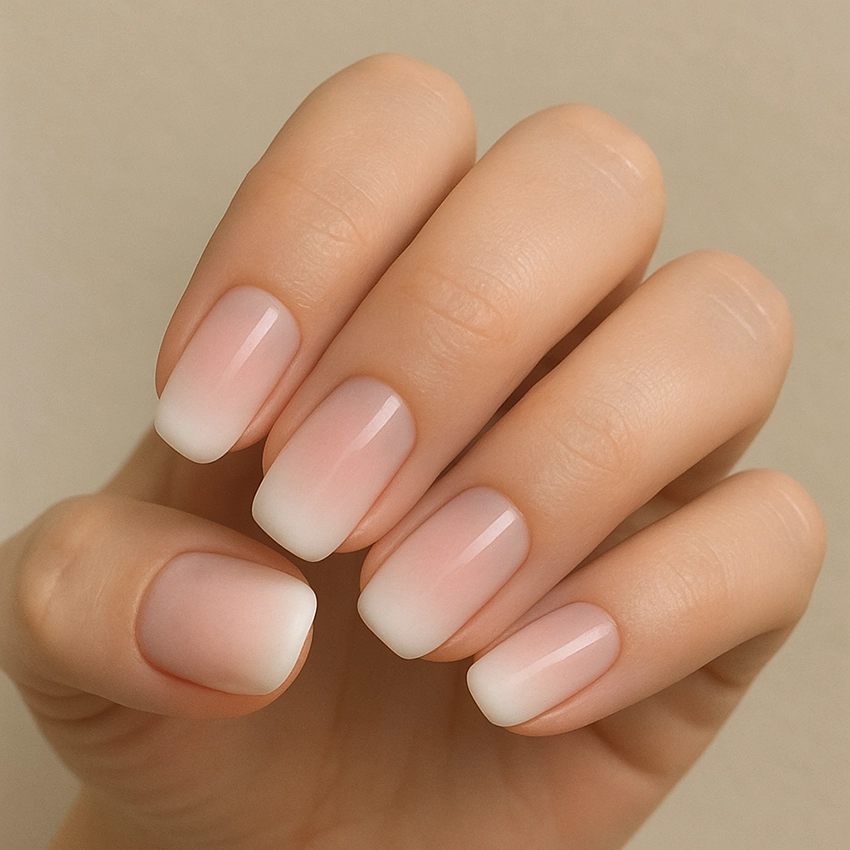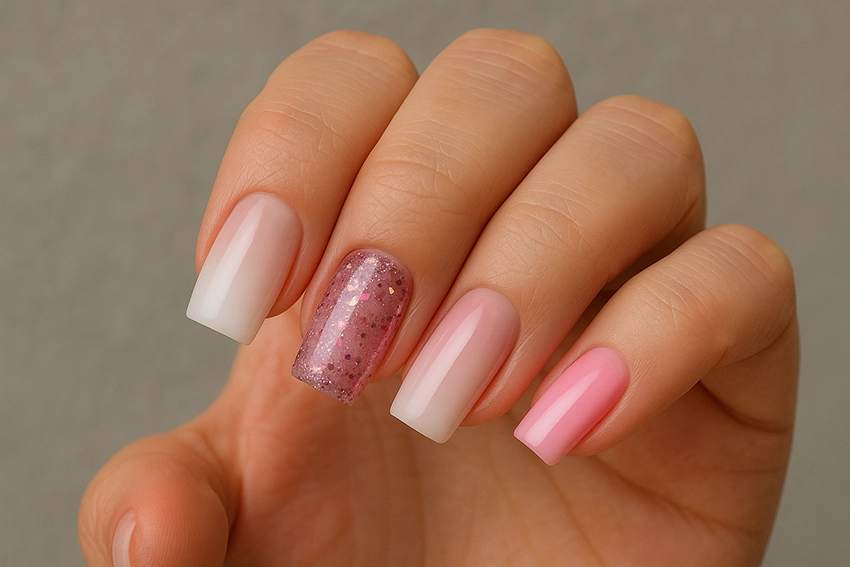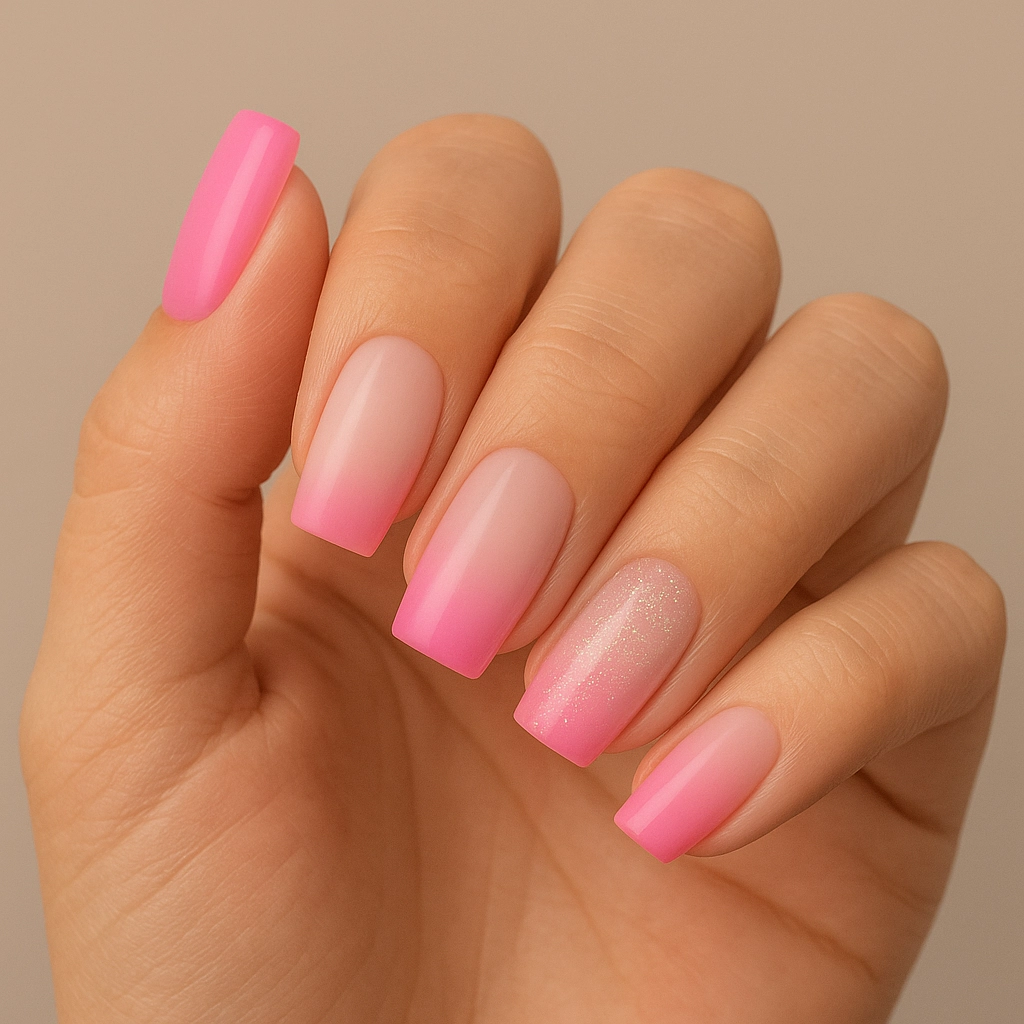greenish discoloration. This problem is not only aesthetic but can also bring discomfort. Fortunately, in many cases, you can do a lot at home if you know the causes, symptoms, and proven solutions.
What is a green nail really?
The term “green nail” is somewhat misleading, as algae are not the culprits. Instead, bacteria – most commonly Pseudomonas aeruginosa – are responsible. Green nail syndrome often develops when a small gap forms between the nail and nail bed. Moisture can easily penetrate this space, creating the perfect environment for bacteria to multiply. The result: a greenish or blue-green shade on the nail that becomes more noticeable over time.
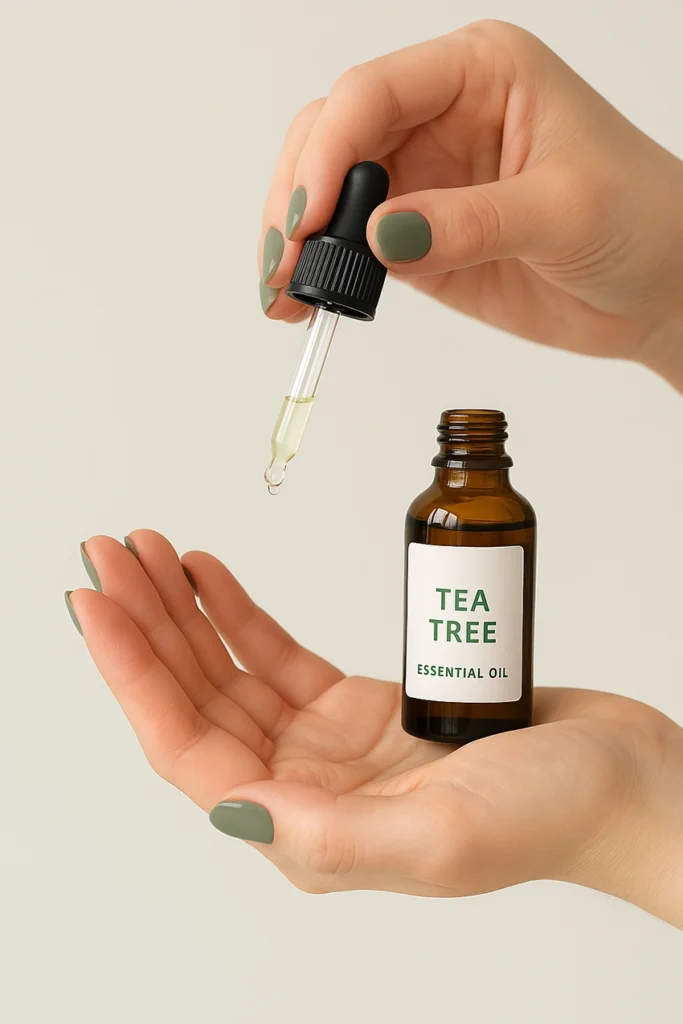
Why does green nail develop?
There are several contributing factors to this infection. The most common include:
- prolonged exposure to moisture (e.g., during housework),
- nail injury or nail plate lifting,
- poor hygiene during manicure or nail care,
- small gaps under artificial nails or gel polish where bacteria can thrive.
If the nail doesn’t get enough air or is frequently exposed to water, infection is almost inevitable.
How to recognize the problem?
The symptoms of green nails are easy to identify:
- greenish or blue-green discoloration,
- tenderness or pain around the nail,
- unpleasant odor caused by bacterial activity,
- nail thickening or partial lifting.
It’s important to note that green nail is different from fungal nail infection, and therefore requires a different approach.
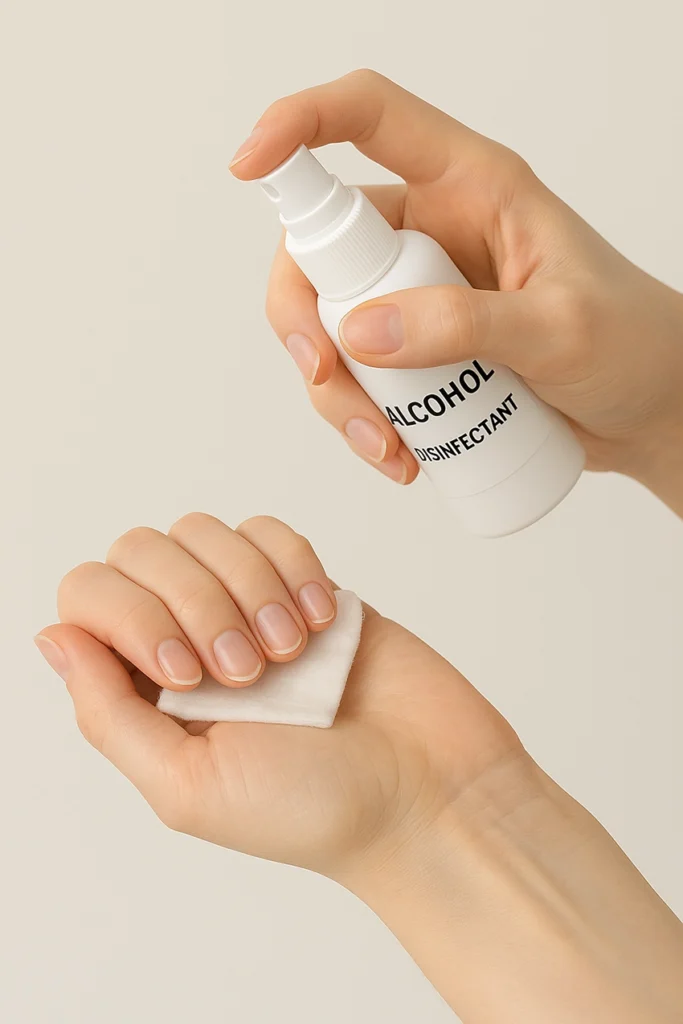
Green nail treatment at home – proven methods
If the symptoms are mild, several home remedies can help. The goal is to stop bacterial growth and keep the nail clean.
1. Vinegar soak
The simplest method is soaking your nail in vinegar water. The acidic environment of vinegar inhibits bacterial growth. Add 1–2 tablespoons of apple cider vinegar to a glass of warm water and soak the affected nail for 10–15 minutes daily.
2. Tea tree oil
Tea tree oil is a natural antiseptic. Apply a drop directly onto the nail. Make sure to use pure, high-quality oil and apply sparingly.
3. Alcohol disinfection
Medical alcohol or alcohol-based hand sanitizer can help disinfect the nail and surrounding skin. Use a cotton pad to wipe the affected area several times a day.
4. Keep nails short
Trim and file the affected nail regularly. This reduces the risk of bacteria spreading under the nail.
When to see a professional?
If the infection does not improve within 1–2 weeks, or if you experience severe pain or swelling, consult a dermatologist. In more serious cases, antibiotic treatment or partial nail removal may be necessary.
How to prevent green nails?
Prevention is key:
- wear rubber gloves when working with water,
- always disinfect manicure tools,
- let your nails breathe, avoid wearing gel polish or artificial nails continuously,
- maintain proper hand and nail hygiene.
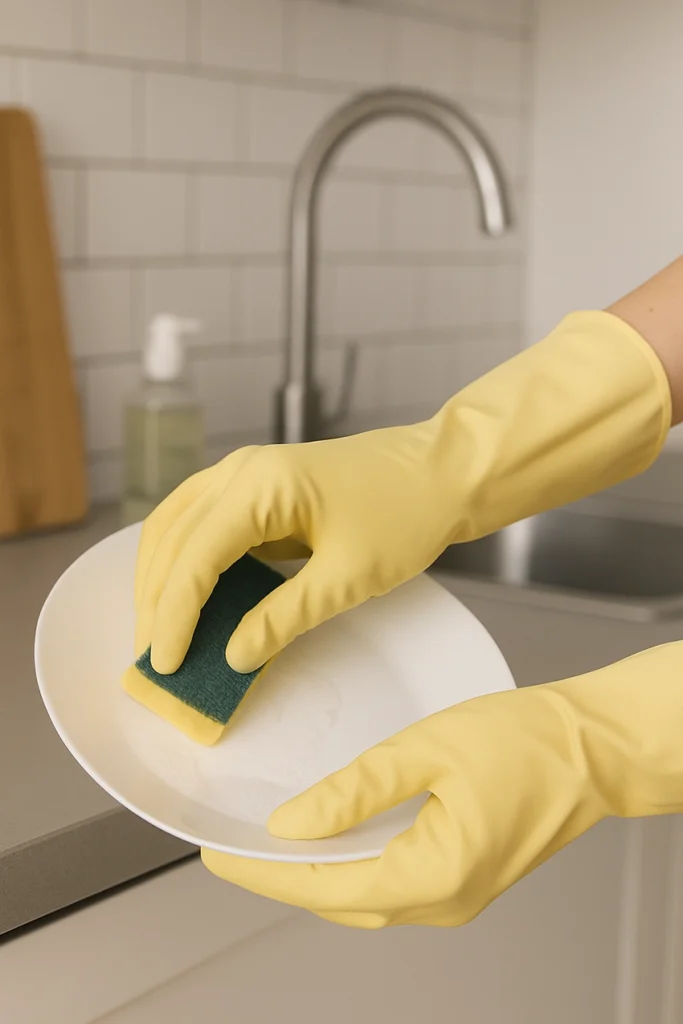
Key takeaways about green nails
Green nails may be unpleasant, but they are not hopeless. With the right home practices, you can often stop the infection from spreading. Vinegar, tea tree oil, and alcohol can help, but consistency and patience are essential. Remember: if symptoms don’t improve, seek medical help. Prevention requires only a few simple habits in your daily routine, saving you from discomfort later.
